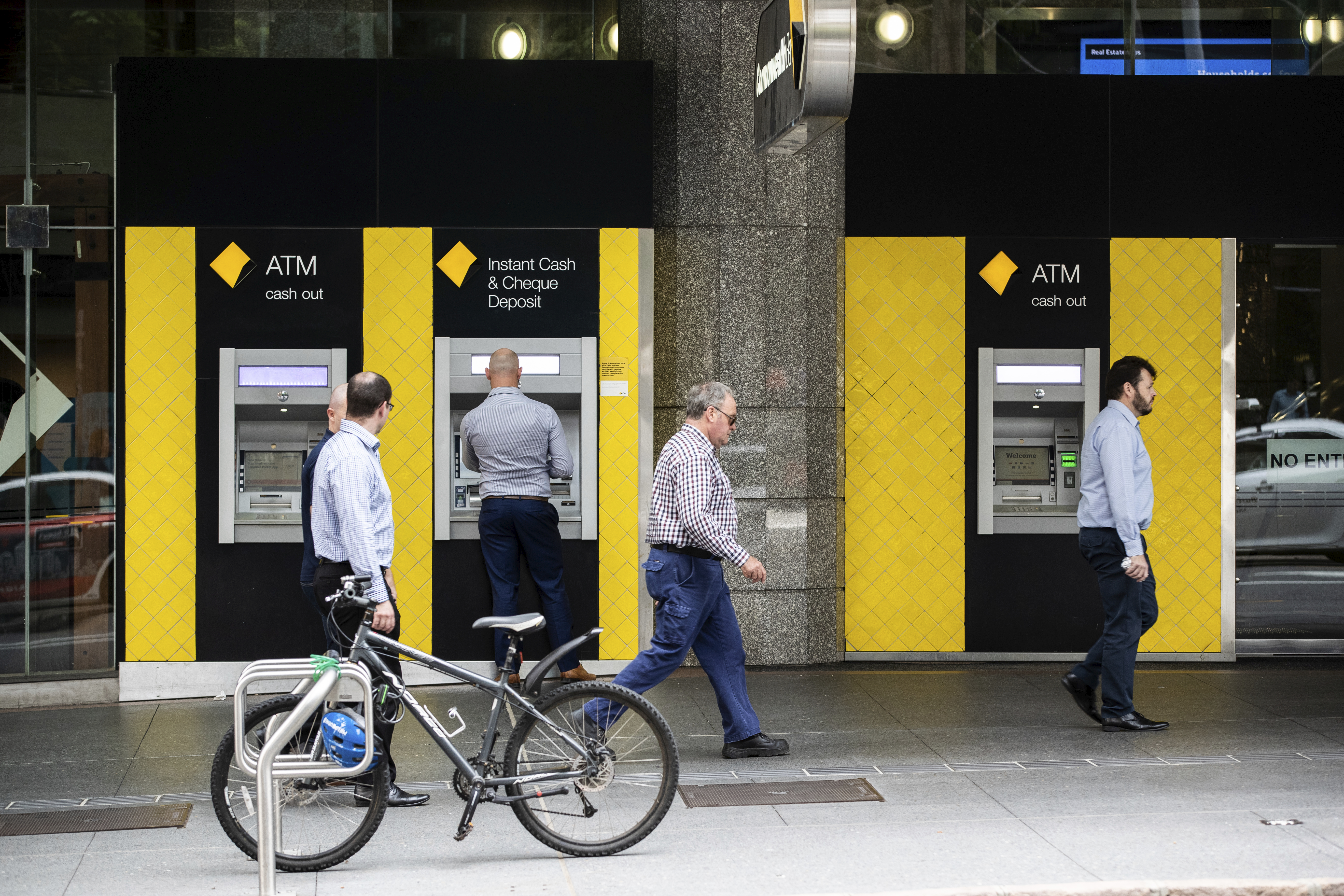Australia’s long-awaited first interest rates cut since 2020 is unlikely to happen until the very end of the year even though households are continuing to cut back on spending amid the cost-of-living squeeze.
Commonwealth Bank today became the latest financial institution to push back its rates cut forecast ahead of next week’s Reserve Bank decision.
CBA had previously been expecting a cut in September and for the cash rate to be pushed down to 3.6 per cent by the end of the year – 0.75 per cent lower than what it is now.
But now, following last week’s higher-than-expected inflation figures, it’s predicting rates will be sitting at 4.1 per cent on the back of a single cut in November, with the flow-on effects to be felt throughout 2025.
“The recent inflation data coupled with a lower unemployment rate than we anticipated at this juncture means we push back the timing of our base case for the RBA to commence an easing cycle,” CBA’s head of Australian economics Gareth Aird wrote.
“Our base case now sees the RBA commence an easing cycle in November 2024.
“Our updated profile has one 25 basis-point (0.25 per cent) interest rate cut in 2024 that would deliver an end year cash rate of 4.10 per cent.
“We now look for 100 basis points of easing in 2025 and have pencilled in one 25bp rate cut in each quarter over 2025… such an outcome would see the end-2025 cash rate at 3.10 per cent (compared with our previous call of 2.85 per cent).
“Given our estimate of the neutral cash rate, monetary policy remains restrictive through 2024 and 2025 on our forecast profile.”
CBA’s updated forecast came on the same day the Australian Bureau of Statistics revealed households are continuing to cut back on spending amid the current economic headwinds.
Retail spending in March fell by 0.4 per cent, bucking the trend of consecutive rises in January and February.
Yearly spending growth now sits at just 0.8 per cent – the lowest in the last 20 years, outside the highly volatile pandemic years.
“Consumers pulled back on retail spending in March as cost of living pressures remained high,” ABS head of retail statistics Ben Dorber said.
“Underlying retail turnover has been flat for the past six months and was up only 0.8 per cent compared to March 2023.
“Outside of the pandemic period and introduction of the GST, this is the weakest growth on record when comparing turnover to the same time in the previous year.”
Dorber said any economic uptick from Taylor Swift’s tour in February had quickly been lost.
“The Taylor Swift-inspired boost in turnover for fashion and accessory retailers last month has proved to be temporary with an instant reversal this month,” he said.
“Retailers told us that overall trading conditions remain challenging with consumers being cautious in their discretionary spending,” Dorber added.
“Consumers continue to experience cost of living pressures with price rises in education, healthcare, housing and insurance.”
The Reserve Bank’s next decision on interest rates will be made next Tuesday, May 7.





